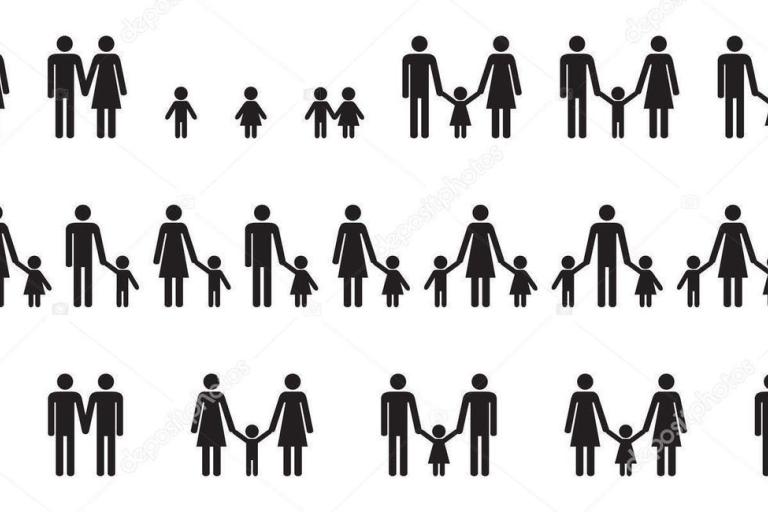The three cases that the Court considered are straightforward: Gerald Bostock was fired after his employer discovered he was participating in a gay recreational softball league. Donald Zarda was fired after he revealed he is gay. Aimee Stephens was fired for informing her employer after six years of employment as a male that she identifies as female. All three sued.
The Eleventh Circuit ruled that Title VII would not protect Bostock from employment discrimination.[1] However, the Second Circuit ruled that Title VII does protect against discrimination based on sexual orientation,[2] and the Sixth Circuit held that Title VII protected employees from being fired for being transgender.[3] All cases were appealed to the Supreme Court and granted certiorari.[4]
Justice Neil Gorsuch wrote the majority opinion, joined by Chief Justice John Roberts, Jr., Justice Stephen Breyer, Justice Ruth Bader Ginsburg, Justice Sonia Sotomayor, and Justice Elena Kagan. Justice Samuel Alito wrote a dissenting opinion joined by Justice Clarence Thomas. Justice Brett Kavanaugh filed a separate dissenting opinion.
Justice Gorsuch highlights the relevant text of Title VII is as follows: “[i]t shall be an unlawful … for an employer to fail or refuse to hire or to discharge any individual, or otherwise to discriminate against any individual with respect to his compensation, terms, conditions, or privileges of employment, because of such individual's race, color, religion, sex, or national origin.”[5] Several words are at issue. “Sex” was determined to mean the difference between male and female based on biological distinctions. “Because of” was defined by precedent as meaning “by reason of” or “on account of.”[6] Title VII, therefore, uses the but-for causation test, such that a result would not have occurred “but for” a particular cause. An event can have multiple but-for causes; therefore, if one but-for reason that an employer discriminated against an employee was his/her sex, the employer has violated Title VII.
The majority defined “discriminate” as “[t]o make a difference in treatment or favor (of one as compared with others).”[7] Gorsuch writes that, “an employer who intentionally treats a person worse because of sex… discriminates against that person in violation of Title VII.”[8] One possible reading of the statute is that if an employer treats women as a group the same as men as a group, then that employer cannot have violated Title VII, even if individually, the employer has discriminated. The Court rejected the idea, as the statute specifically states “individuals”[9] and clearly focuses on how employers treat employees in individual cases. Gorsuch summarized that “[a]n employer violates Title VII when it intentionally fires an individual employee based in part on sex.”[10]
The Court held that to discriminate against someone who is homosexual or transgender is to discriminate against that person because of sex. If a man and a woman work for an employer, and both are attracted to men, and the employer fires the man as a result of that attraction, but not the woman, that is discrimination based on sex. Their attraction to men is only seen differently because of their sex. Similarly, if an employer has an employee who identified as female at birth, and an employee who identified as male at birth but who now identifies as female, and the employer fires the latter employee, that is discrimination based on sex. Homosexuality and transgender status are inseparable from sex and to discriminate on these grounds is to discriminate because of sex.
Even if there are other factors that contribute to the firing, the but-for causation standard means Title VII was violated. The victim’s sex need not be the main or only reason for the discrimination. Finally, it is not a defense for employers to say they treated men and woman the same overall; all that matters is how employers treated an individual.
However, there are caveats that the majority points out: this case only rules on whether it is unlawful discrimination for an employer to fire an employee on the basis of sex. The Court leaves open the question of whether other policies or actions could also trigger Title VII for a later time. Additionally, the Religious Freedom Restoration Act of 1993 (RFRA)[11] might supersede Title VII in similar cases. Future cases will have to grapple with the intersection of religious liberty and Title VII.
If you have questions about your rights under Title VII, or if you think that you may have suffered discrimination on the basis of sex, one of the attorneys at Virginia & Ambinder, LLP can provide you with a free consultation. You may call us at 212-943-9080.
Image Credit: Ted Eytan - SCOTUS APRIL 2015 LGBTQ 54663
[1] Bostock v. Clayton Cty. Bd. of Comm'rs, 723 Fed. Appx. 964 (11th Cir. 2018).
[2] Zarda v. Altitude Express, Inc., 883 F.3d 100 (2nd Cir. 2018).
[3] EEOC v. R.G., 884 F.3d 560 (6th Cir. 2018).
[4] Amy Howe, Argument Preview: Justices To Consider Federal Employment Protection For LGBT Employees, SCOTUSBLOG (Oct. 1, 2019, 11:15 am), https://www.scotusblog.com/2019/10/argument-preview-justices-to-consider-federal-employment-protection-for-lgbt-employees/. “Certiorari” means that a higher court granted review of a lower court’s ruling.
[5] 42 U.S.C.S. § 2000e-2(a)(1) (emphasis added).
[6] Gross v. FBL Financial Services, Inc., 557 U.S. 167, 176 (2009) (quoting 1 Webster's Third New International Dictionary 194 (1966)).
[7] Webster’s New International Dictionary 745 (2d ed. 1954).
[8] 590 U. S. ____, *7 (2020).
[9] 42 U.S.C.S. § 2000e-2(a)(1).
[10] 590 U. S. ____, *9 (2020).
[11] 42 U. S. C. §2000bb et seq. The law requires that “governments … not substantially burden religious exercise without [a] compelling justification.” Id. (a)(3).


